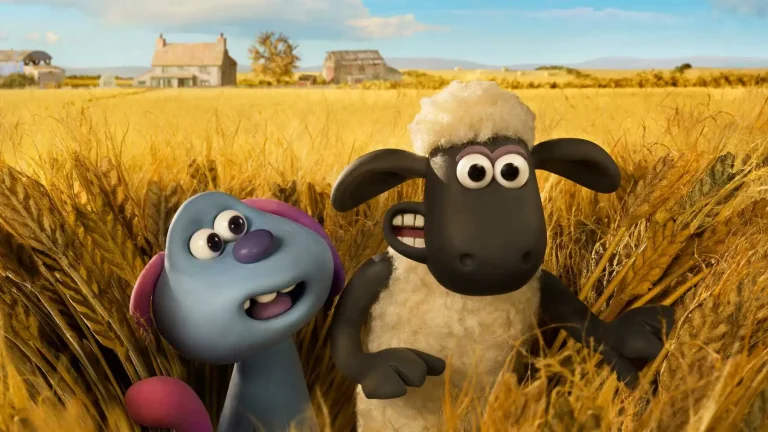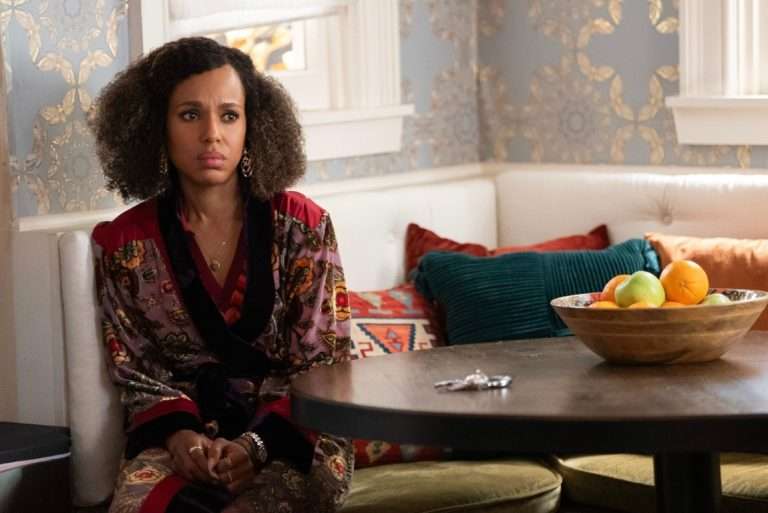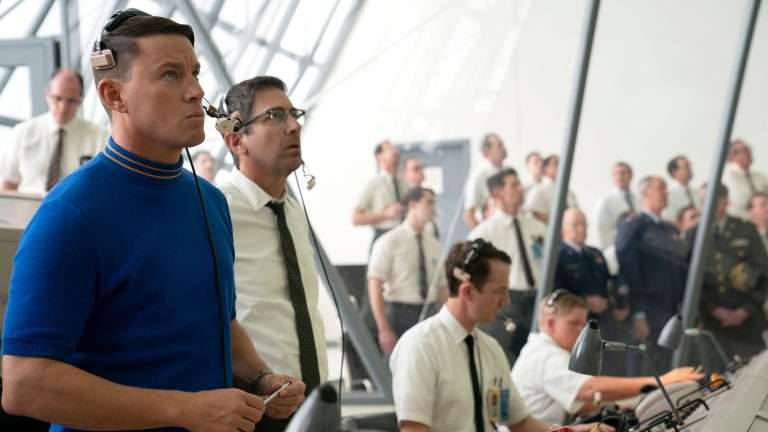50. Duet | Navid Danesh

Writer-Director Navid Danesh’s debut film ‘Duet’ is a subtle, psychological investigation of both genders & clinical examination of the emotional responses in the lives of two unrequited lovers and their respective spouses. Duet jumps to the second act directly, throwing us into the face-off between two ex-lovers, who tragically parted after college, and their lives spiral out of control, threatening their present relationship.
The doubt, jealousy, un-reciprocated love, and unrequited love are worse of all as it grills you emotionally to the extent that you surrender to despair, question your existence and shatter all the certainties.
Read the complete review of Duet.
49. You Were Never Really Here | Lynne Ramsay
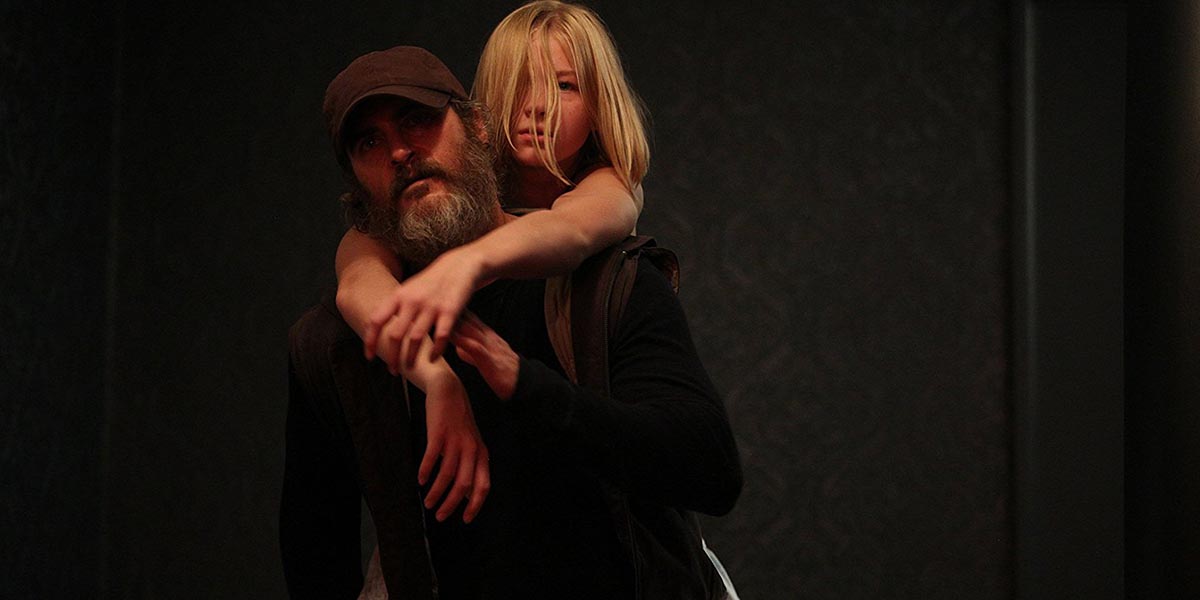
Lynne Ramsay plugs the soul of Travis Bickle’s social and moral decay in Ryan Gosling’s reclusive Driver. It’s a tense & intense audio-visual poetry condescending in taut 90 minutes. It’s an art house master class in aesthetical and elliptical storytelling, where the sound seamlessly blends with the visuals to form a compelling narrative reminiscent of Nicolas Winding Refn‘s Drive. Joaquin Phoenix is a revelation here. He sinks his teeth into the character and gets under the skin to deliver one of the best performances of the decade in one of his best movies.
48. Certified Copy | Abbas Kiarostami

Abbas Kiarostami’s most confounding and deliberately left obtuse drama about a well-established British author named James Miller (William Shimell) and his fangirl (Juliette Binoche) taking him around the beautiful Tuscany reflects a philosophical conundrum around the reality of art & life.
Much of the film unfolds as a prolonged walk-and-talk between two characters, reminiscent of Richard Linklater’s Before Trilogy, but Certified Copy, in its all honesty, reveals an intriguing philosophical aspect of relationships, individual freedom, and postmodernist art.
47. Drive | Nicolas Winding Refn

Drenched in uber-cool 80s neo-noir aesthetics and drawing inspiration from Walter Hill’s The Driver, Nicolas Winding Refn‘s Drive is an art-house masterclass in the minimalistic and visually driven narrative. It’s a classic story of a reclusive boy falling for a sweet girl.
Related to Best Movies of the 2010s: Every Nicolas Winding Refn Movie Ranked
To save the girl from a grim predicament, he gets involved in a botched heist which ends with a brutal face-off. Refn heightens the drama using immersive audio-visuals, further boosting a layered narrative, and intersecting the psychological & cognitive crime story.
46. Sorry We Missed You | Ken Loach
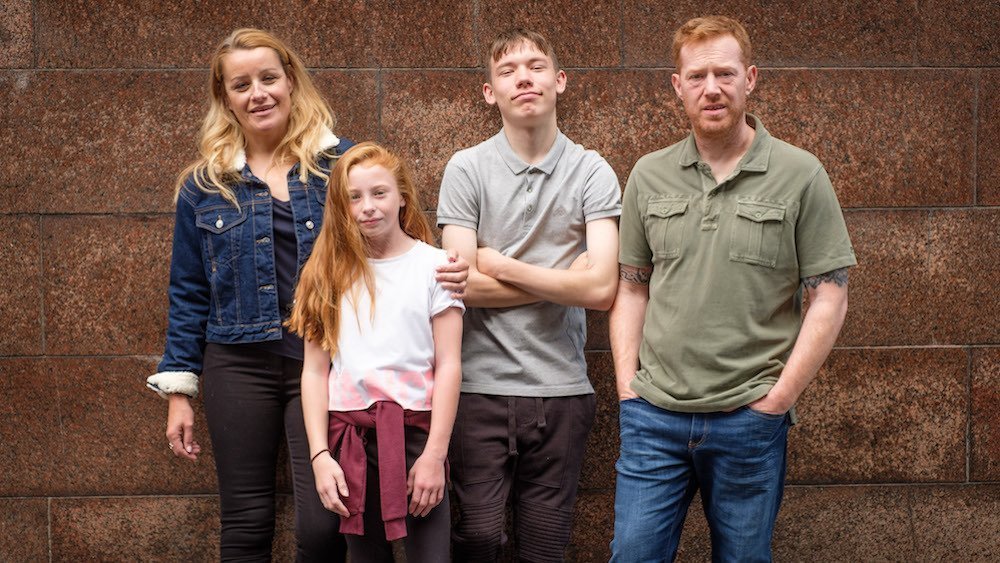
Ken Loach, in his latest socialist film ‘Sorry We Missed You’, clinically examines the far-reaching consequences of the shifting gig economy in the lives of a working-class English family. He shows how the gig economy exploits people by offering an illusory idea of making it on its own. It gradually benefits capitalists.
Ken Loach has been an active political voice of proletarians through his cinema. “Sorry We Missed You” further solidifies his position as an artist who brings the grievances of the working class. It also depicts how the fractured political and economic system leeches on the voiceless.
Read the complete review of Sorry We Missed You.
45. Boy and The World | Alê Abreu

The life of a pea-nut-sized boy with having endowed circular face and pencil stripes eyes is adversely impacted when his father leaves for a big city in search of a job and a better future. Drowned in sadness and inconsolable, the boy impulsively sets out on a quest to find his dad. Subsequently, his journey imaginatively reveals the dispassionate, capitalistic-driven civilization nurturing the industrial landscape. What he observes is the horror of daily life.
Related to Best Movies of the 2010s: 10 Best Adult Animated Shows of the Decade
Boy and the World is a tragic & starkly bleak allegory of how miserable the world has become, showcasing the perpetual vicious cycle that damages the human condition, which is eventually governed by creating needs against their own will.
44. Holy Motors | Leos Carax
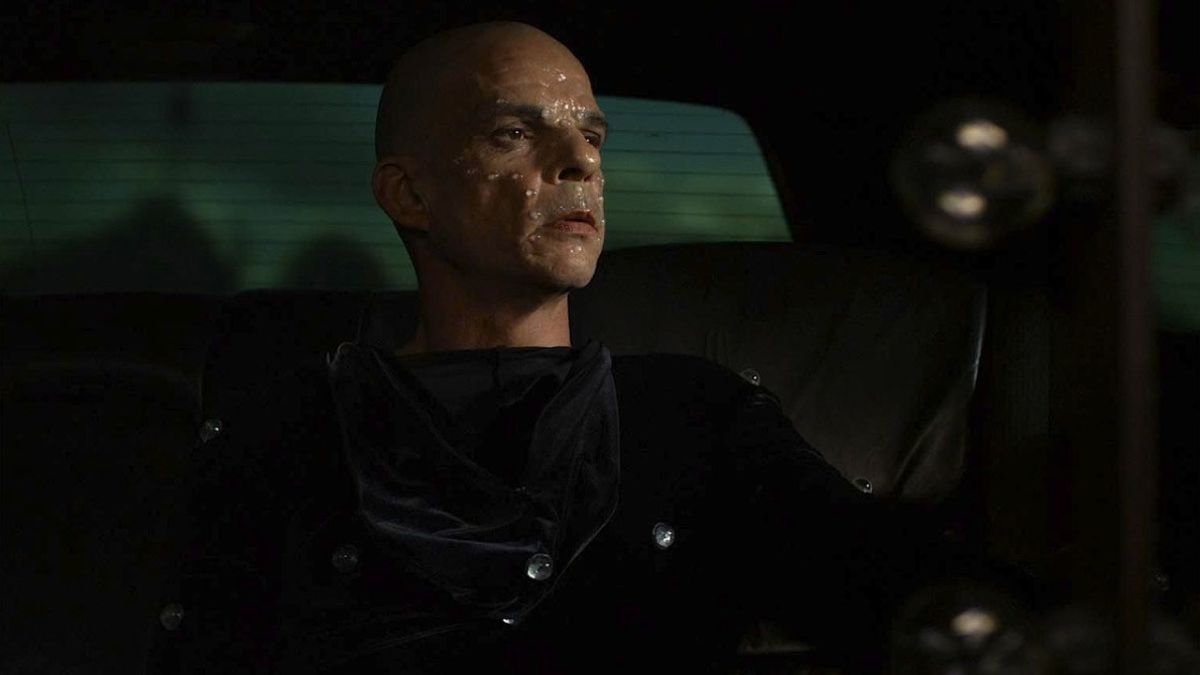
Leos Carax’s most ambitious and postmodernist meta-drama about film-making is a remarkable achievement in showcasing the marvels and dread of the cinema itself. It’s the kind of abstract cinema that is left to open for multiple interpretations. Nevertheless, the wondrous, anarchic genius of Holy Motors seems like a brilliant visual toast to film-making itself.
It’s a pulsating cinematic phantasmagoria that shuns traditional narrative structure. The narrative follows a day in the life of Monsieur Oscar (Dennis Lavant), a shadowy character who travels around the city in a limousine with his trusty driver, Céline, on a series of mysterious appointments.
43. Cemetery of Splendor | Apichatpong Weerasethakul

Sleeping is the ultimate escape from reality. Cemetery of Splendor blurs the line between wakefulness and sleep. In a small Thai town, a middle-aged, crippled woman volunteers to look after soldiers suffering from sleep sickness. Weerasethakul creates something magical out of this seemingly mundane activity.
In a rural hospital, built on the remains of the cemetery of Kings, a medium communicates with the unconscious of soldiers, a giant amoeba floats in the sky and everybody is waiting for something. The subtle interplay of light and colour creates hypnotically surreal ambience. In one of the most hypnotic scene, a loop of fluorescent therapy lights beside sick soldiers shifts shade from blue to green to red.
42. Ship of Theseus | Anand Gandhi

Building the narrative around Theseus’ paradox – that raises the question of whether an object which has had all its parts replaced remains fundamentally the same object – Anand Gandhi’s pensive triptych is a riveting drama that dissects the fundamentals of identity and the essence of the only real possession, the body we inhabit.
Related to Best Movies of the 2010s: 10 Best Hindi Films of 2010s
Ideas, philosophies and curiosity intersect in Anand Gandhi’s sublime film about life, self-worth, death and ownership on the body. Anand Gandhi may pose ‘what makes you, you?’ in his intricate narrative, but it’s pretty evident, once you witness the film, why this is the best Indian film of the 2010s.
41. Margaret | Kenneth Lonergan
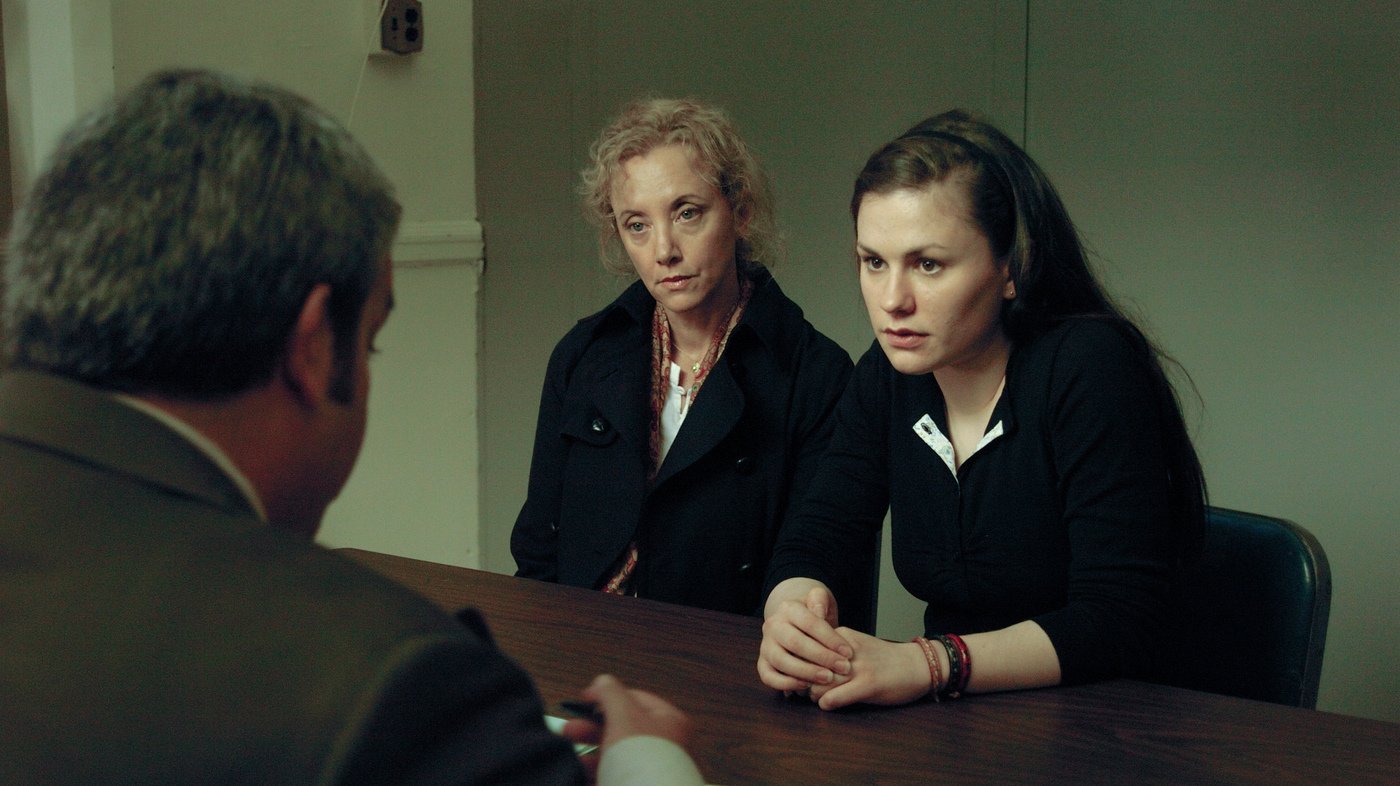
Certainly, Manchester by the Sea is better known, but Kenneth Lonergan’s real masterpiece is Margaret – a far more complex, layered, atmospheric and politically charged drama centred around a young girl carrying heavy guilt that eats her inside out. It captures the essence of New York City life after 9/11 seen through the eyes of a highly opinionated school girl.
Anna Paquin’s Lisa has to be one of the richest characters written in the last decade(technically it was written and shot in 2005). She is obnoxious and a hypocrite hailing from a privileged background who takes a moral high ground in the wake of an accident and ill-treating everyone around her. Lisa is shown to be hyper-aware of her surrounding and yet she comes off as a delusional individual. Furthermore, she goes through a moralistic rabbit hole in search of emotional closure from the accident she witnessed.
40. Under The Skin | Jonathan Glazer
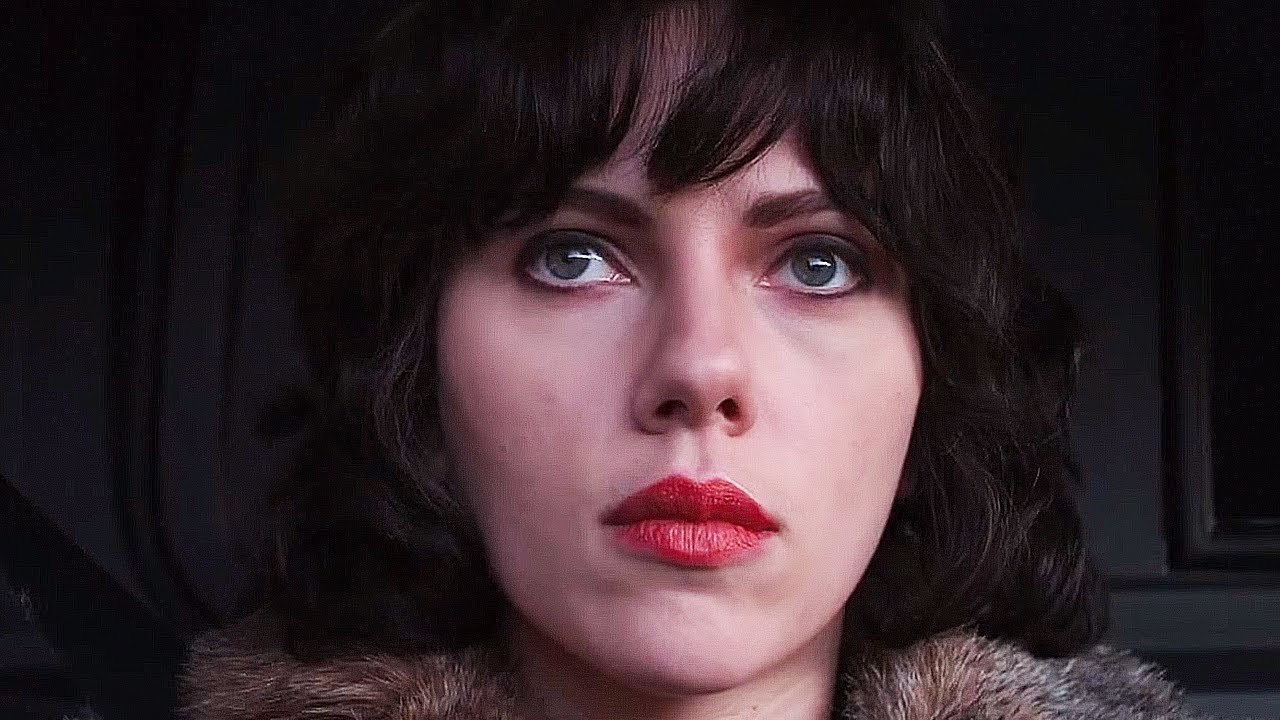
Atmospheric, meditative and deeply unsettling, Jonathan Glazer’s ‘Under the Skin’ is a rare sci-fi masterpiece that examines the most pertinent question of all: what it means to be a human? But it doesn’t serve us with a philosophical discourse but rather viscerally observes the frailty, emotional vulnerability that’s part and parcel of being a human.
Related to Best Movies of the 2010s: 15 Must-See Surreal Movies of 2015
The curious aspect of the narrative is that the central character is alien (bewitchingly played by Scarlett Johansson) which gradually starts gaining the conscience that makes it “feel.” Mica Levi’s eerily hypnotic score merged with Kubrickian imagery perfectly sets up this somberly-paced, ambiguous narrative.
39. Burning | Lee Chang-dong

Lee Chang-dong’s obscure narrative thriller wears a thick air of ambiguity. It sees three distinct characters from different classes intersect in a slow-burning psychological drama. The result is a subtle examination of the class-divide and tensive interpersonal dynamics emerging from brewing rage, passionate longing and animosity that culminates in a queasy bone-chilling climax.
The greatest achievement of Burning (Beoning), an adaptation of Haruki Murakami’s short story Barn Burning, lies in its mesmerizingly restrained narration. It uses minimal exposition and relies on the visual cues to express the airtight tension among the characters. The anger, grief, rage, love and envy are never overtly acknowledged. Instead, the narrative internalizes those emotions into the characters that are reflected in the discomfiting silences, which is further heightened by Kim Da-won’s unsettling score.
38. The Social Network | David Fincher

Aaron Sorkin was first approached to direct The Social Network, but Sorkin wanted David Fincher to helm it. Though, he felt Fincher would never take up a cyberpunk film where Millenials invent a virtual application to connect. Surprisingly, Fincher agreed. If I have to assume why Fincher agreed, then it might have to do with an eccentric and obsessed anti-hero that has shades of the Shakespearean character.
Related to Best Movies of the 2010s: Every David Fincher Film Ranked
Also, there is an irony to the plot, a tragic one. The foundation of Facebook brought people closer to each other on social media, but the minds behind such an innovation drifted apart. The film is a masterclass in screen-writing, dialogue writing and direction. Fincher directs it with the sense of urgency which vigorously boosts the underlying dramatic thrills. The emotional nuances render a layer to the razor-sharp exchanges that make it even more searing and hefty rather than hollow verbal firing.
37. Museum Hours | Jem Cohen

Gentle, poetic and contemplative, Jem Cohen’s ‘Museum Hours’ is a puzzling & sublime film that captures the contrast between aesthetics of art and contemporary lives. Shot on high-definition digital video and super-16-millimetre film in the ‘Kunsthistorisches Museum’ in Vienna, a Canadian musician Anne finds herself in the companionship of a museum guard named Johann – a philosophical fellow with a deep sense of art when she visits her bed-ridden cousin.
Anne tries to fill the long & quiet hours going out with Johann. He shows her the beautiful streets and urban landscapes of the city that reveals a greater deal about the characters and their underlying emotions.
36. Meeks’ Cutoff | Kelly Reichardt
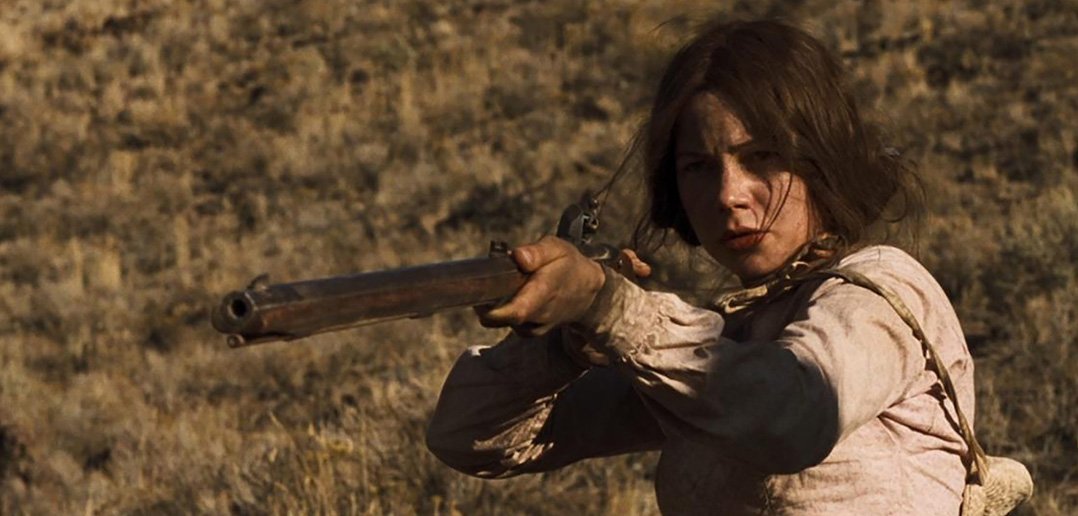
Kelly Reichardt’s powerful western drama from the female’s perspective features tremendously restrained storytelling that utilizes the visual grammar to create the mystery & drama that slowly sinks into fatalism. The minimalist aesthetics with sparse dialogue calls for the observation of the unfolding event that gives no easy answers. Quiet, unsettling and hypnotic, Meek’s Cutoff is a bleak existential parable that doubles up as a terrific examination of the shift in gender power dynamics.
35. The Forbidden Room | Guy Maddin

Guy Maddin gave us one of the wildest movies of the decade. I remember watching ‘The Forbidden Room’ in a packed auditorium during a film festival, and people walking out as early as fifteen minutes into the film, and the only handful of the audience were left till the end of it. It was perhaps the mind-boggling & raucous trip down the rabbit hole, built on the lost unused footage stitched together in a bewildering phantasmagoria. The visuals are so overwhelming that it can cause hallucination. The film requires complete submission to its delirious and surrealistic nesting-doll narrative that offers endless rewatch value.
Enter The Forbidden Room Here
34. Winter Sleep | Nuri Bilge Ceylan

At the exhaustive running length of 196 minutes, ‘Winter Sleep’ moves at a glacial pace and, often, the experience of unworldly, muted landscape nurturing our dreary, gloomy characters, feel like sitting naked in a snowy town of Anatolia, reading your favourite novel.
It captivates you from the first page itself, and you keep turning the pages in awe of its writing and drama despite its frustratingly chilly weather outside. Bestowed with a highly aestheticized yet observational style, Nuri Ceylan’s ‘Winter Sleep’ delivers a deeply reflect powerful observation on the characteristics of Turk society.
33. Aferim! | Radu Jude
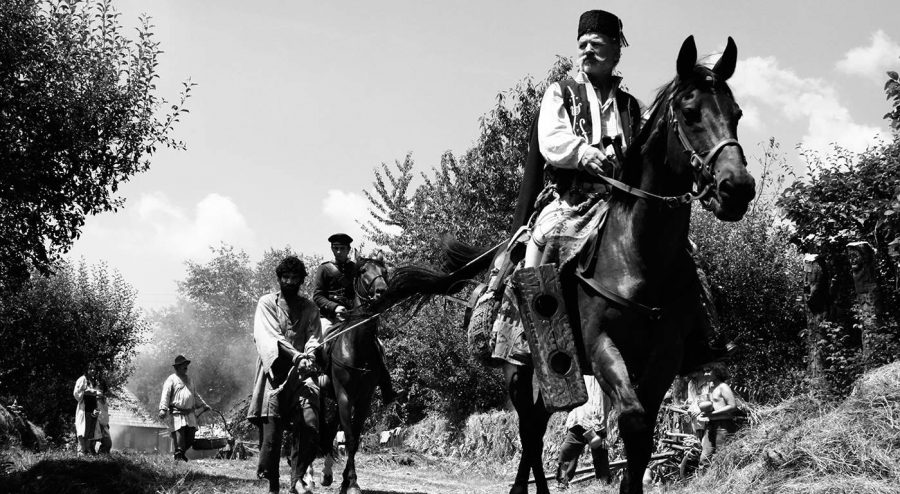
Radu Jude’s earlier two films were verbose black comedies that dealt with family struggle. Similarly, Aferim! is no exception to the film-maker’s tone, except that it subtly explores the lesser-known history of gipsy slavery. Radu Jude’s Aferim is more self-aware that chalks out the hypocrisy, religious dogmatism and human folly in the society without getting somberly fixated on this endlessly criticized subject.
Still, Aferim! captures the enslavement in such a striking manner which perfectly echoes the hardship and emotional turmoil they faced, for instance when a gipsy slave cries vehemently & says, “Buy us – save us from hunger!” Aferim! that translates to Bravo is a very ironically titled film, but it can be rightly used for the director Radu Jude’s impeccable direction.
Continue reading the complete review of Aferim.
32. Inside Llewyn Davis | Coen Brothers
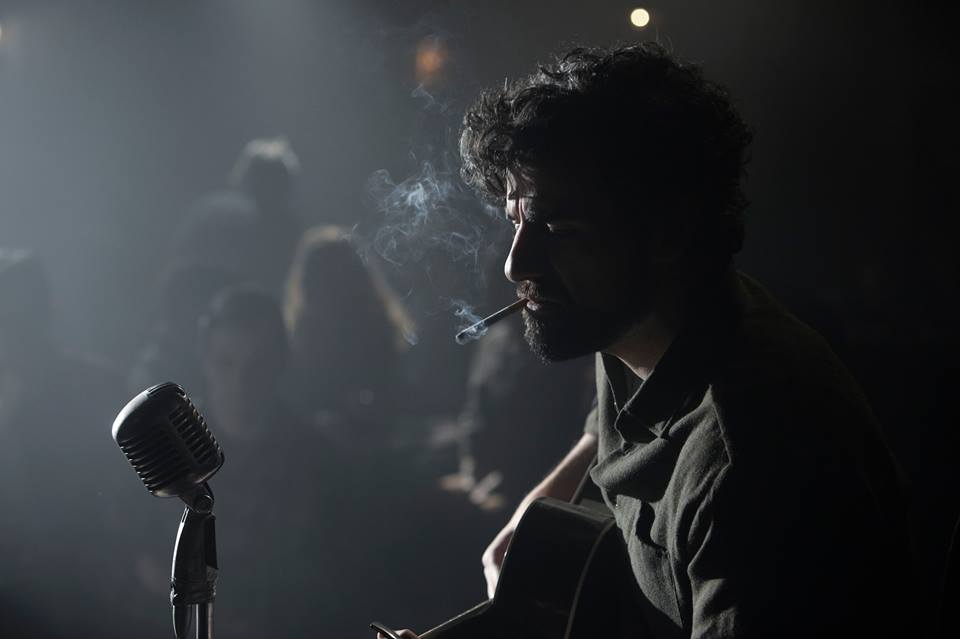
Coen brothers’ return to the classic storytelling with an atmospheric dipped in melancholia intimately weaves a nuanced character study of a struggling classical folksinger. The unabashedly lyrical narrative forms a mosaic of artistic desolation and struggle that triggers a better chain of events by the time our ill-fated folk singer says “au revoir” to his assailant. The film feels like a purgatory fable that intoxicates everyone who comes across it. Cinematographer Bruno Delbonnel uses the dull palates of colour to paint the agonizing tale of a Llewyn Davis.
31. Only Lovers Left Alive | Jim Jarmusch
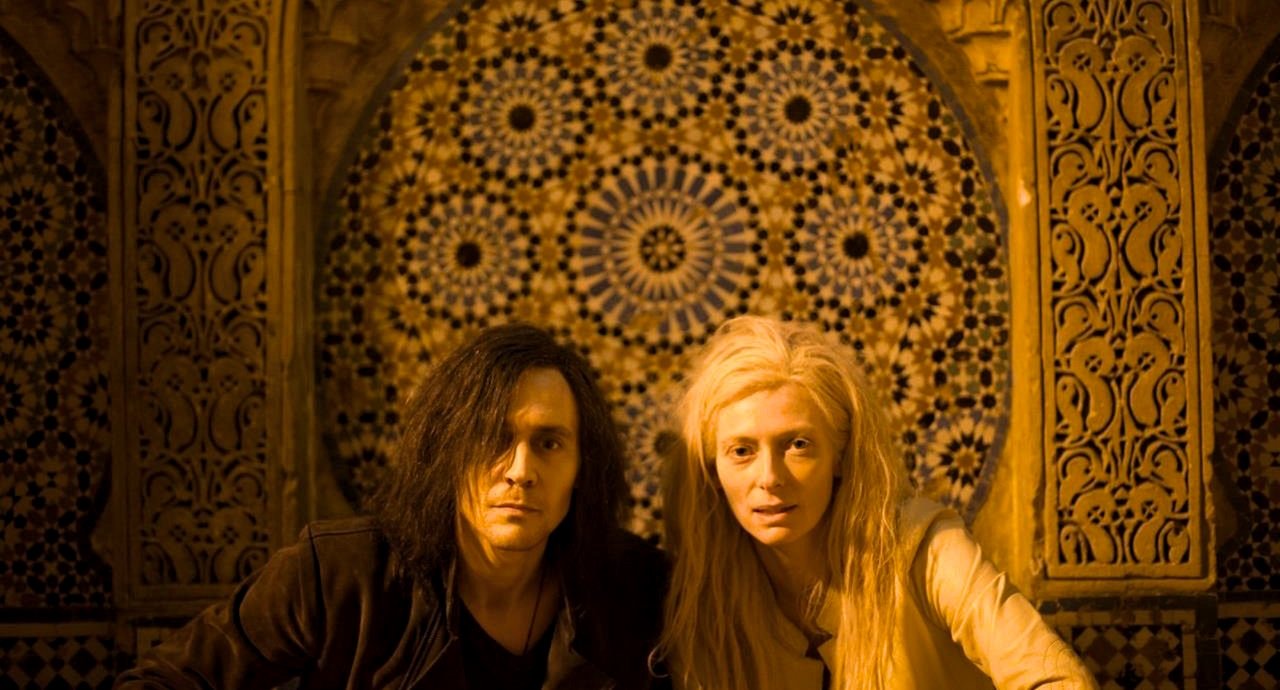
King of cinematic cool’ Jim Jarmusch’s genre-transcending film makes Vampires look so cool that you envy them. Only Lovers Left Alive” is a meditative mood piece brimming with high & low-brow cultural references to music, literature, and “zombies.” And why not, Jim Jarmusch takes greater inspiration from Mark Twain’s deliciously amusing novel – “The Diaries of Adam and Eve”- that reflects the profound & witty character study of Adam and Eve.
Related to Best Movies of the 2010s: Every Jim Jarmusch Film Ranked
Laconic, riddled with nocturnal musing, and often deliberately slow-paced, the Vampire romance of Adam & Eve freely flow like soothing music that’s left untouched on gramophone since its inception. Jim Jarmusch’s intense passion and love for art exude in every frame that’s evident in his eye for details. The film is a heady mixture of romance and mythology, twisting the very essence of Vampire and breaking it down in the simplest form to subtly evoke the theme of eternal while remaining florid in its emotions.
30. Oslo, August 31st | Joachim Trier

Oslo, August 31st is a harrowing and disturbing tale of a recovering drug addict who slowly drowns in the pool of melancholy. It starts quite languidly, inviting us in the nihilistic, self-destructive world of Anders (played by Anders Danielsen Lie) who finds it hard to restart his life after recovering from the drug addiction that entirely altered his life.
It irreparably damaged his relationships with closed ones. Oslo, a city of his hedonistic existence and adolescent bliss, starts to haunt him and scorns his existence. Once we settle observing his shenanigans, we find him even more lonely and destitute among the euphoric crowd & friends. This is one of the most heart-wrenching dramas about drug addiction without any frills and glossy depiction.
29. Short Term 12 | Destin Daniel Cretton
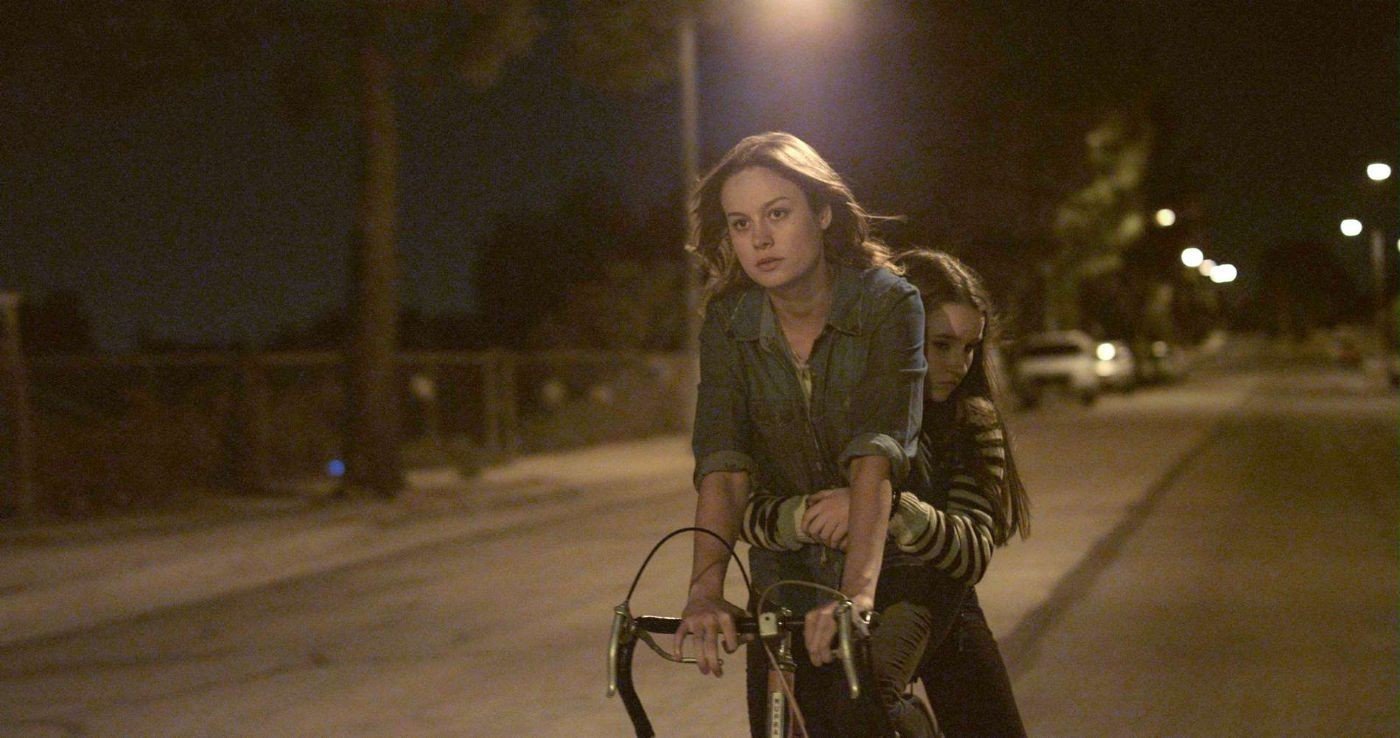
Short Term 12 takes you on a ride for the flurry of emotions we experience during the teenage period. It’s a work of wonder, so full of heart and love. It’s a grizzly bear made up of tiny miracles waiting for a warm hug, pounding with hope, flashing new dawn in the lives of broken and damaged teens. A foster care facility, Short Term 12 shelters troubled teenagers suffering from parental abuse, lack of self-confidence, lack of love and desolation. It is one of the truest portrayals of at-risk teens without overplaying the sentiments & undermining the struggle.
28. Loveless | Andrey Zvyagintsev

Shuddering with the blood-curdling mystery, wrapped in unsettling tensive drama, like a thick mist slithering on a windowpane, and spreading like a lovely dead tree in the hearts of heartless people, Loveless wanders helplessly in the hearts and consciousness of the characters in search of a sense of belonging and love.
Andrey Zvyagintsev seeds the heart-rending drama in the modern-day Russian society, plagued with impatient & pseudo-love consumed by selfish motives. Just like Leviathan that takes a closer look at the socio-political crack paving the path for eternal human suffering, Loveless delves into the shallow & superficial human consciousness where “love” exists only in Instagram posts.
27. Inception | Christopher Nolan
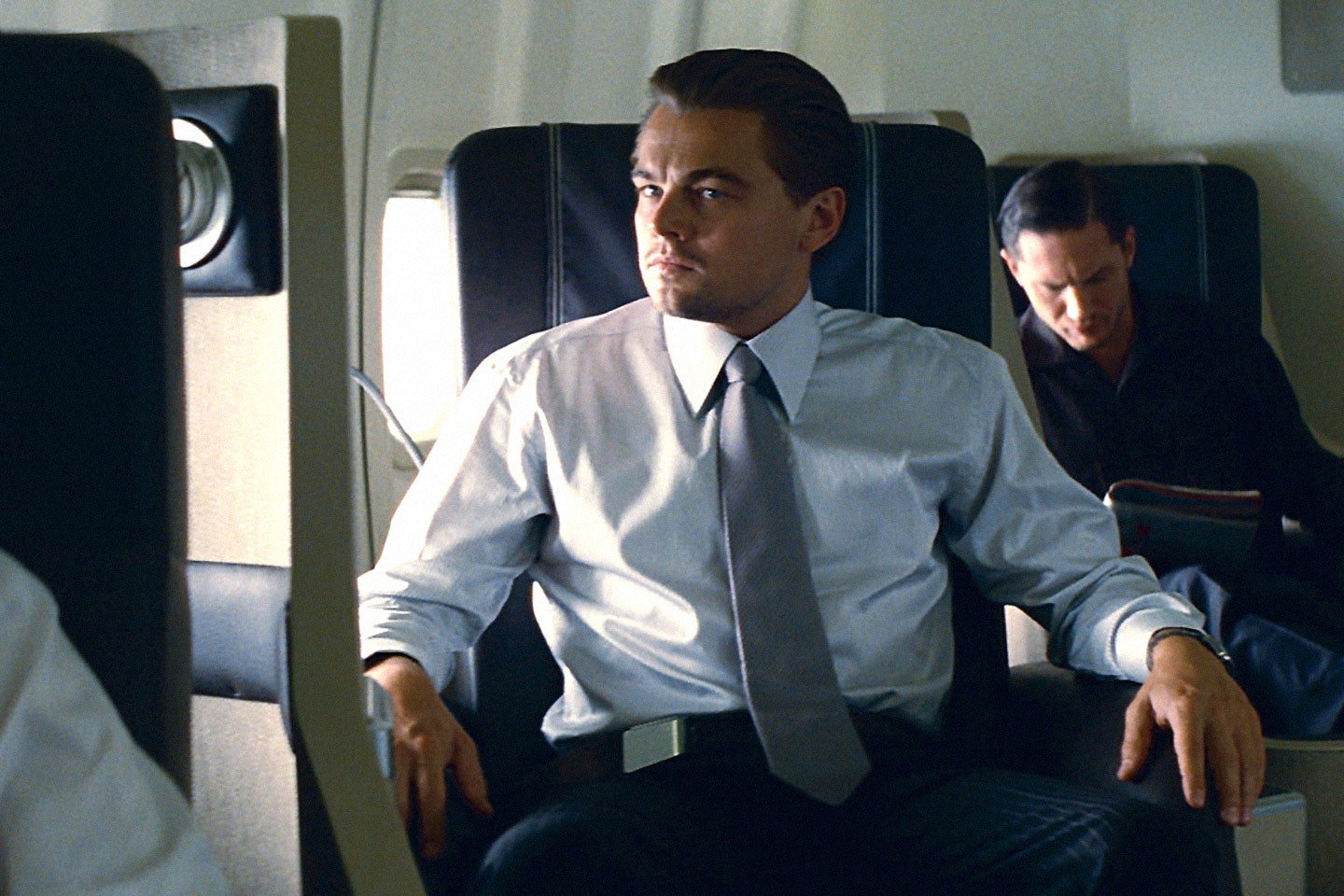
Christopher Nolan’s magnum opus that artfully blends dreams and reality, still calls for a fervour debate whether the totem is wobbling or not. He has pushed the boundaries of imagination and ascended the bar of innovation to a new zenith. Though the plot is one giant hallucination, what blows your mind is not only the experience of it but how the plot challenges you.
Related to Best Movies of the Decade: Every Christopher Nolan Film Ranked
Often cited as a heist film, only, unlike other heist films thieves breaking into a vault to steal, Cobb (Leonardo DiCaprio) and his specialized agents, break into someone else’s subconscious. But Inception is also a haunting-romantic drama in the disguise of a heist action thriller where Cobb has visions of his late wife Mal (Marion Cotillard), desperately wanting to stay with her in their dreams.
26. Clouds of Sils Maria | Olivier Assayas

Oliver Assayas’ Clouds of Sils Maria is multi-layered metafiction of an ageing star, Maria (Juliette Binoche) battling emotional anxieties, who agrees to appear in a revival of the play titled ‘Maloja Snake’ that made her a star in the first place. Only this time the fading star takes up the older character while her original character is given to a rising young actor, Jo-Ann Ellis (Chloe Grace Moretz). The ageing international star is already at the crossroads in her career. Clear shades of All About Eve meets a toned-down version of Sunset Blvd in this two-handler self-reflecting Personna-ish film.
Adding more to the narrative’s bizarre meta-ness is that Oliver Assayas co-wrote Binoche’s 1985 films Rendez-vous, which launched the actor’s celebrated career. Now Binoche is playing against two American stars Moretz and Kristen Stewart. The later gives a magnetic and enigmatic performance as Valentine, Maria’s personal assistant. The reality of the characters dissolves with the characters of the play which they are rehearsing. The ingenious writing has ambiguity and it would depend on an audience how they interpret it – it could be as straight forward as the plot seems, or it could be a giant film based on a play, or it could be a two-handler psychos*xual drama that blurs the line between real & reel life for the characters.




